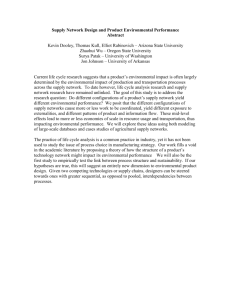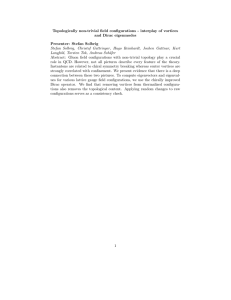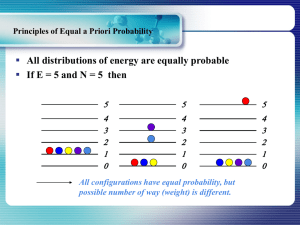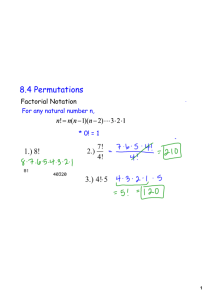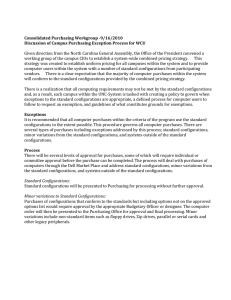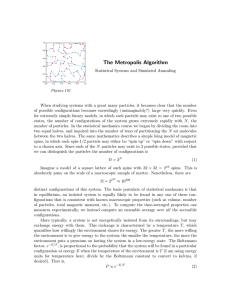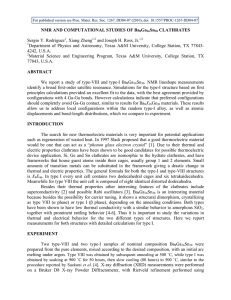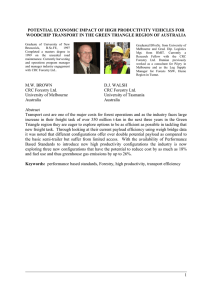permutations and the 15-puzzle: exercises Peter Trapa
advertisement
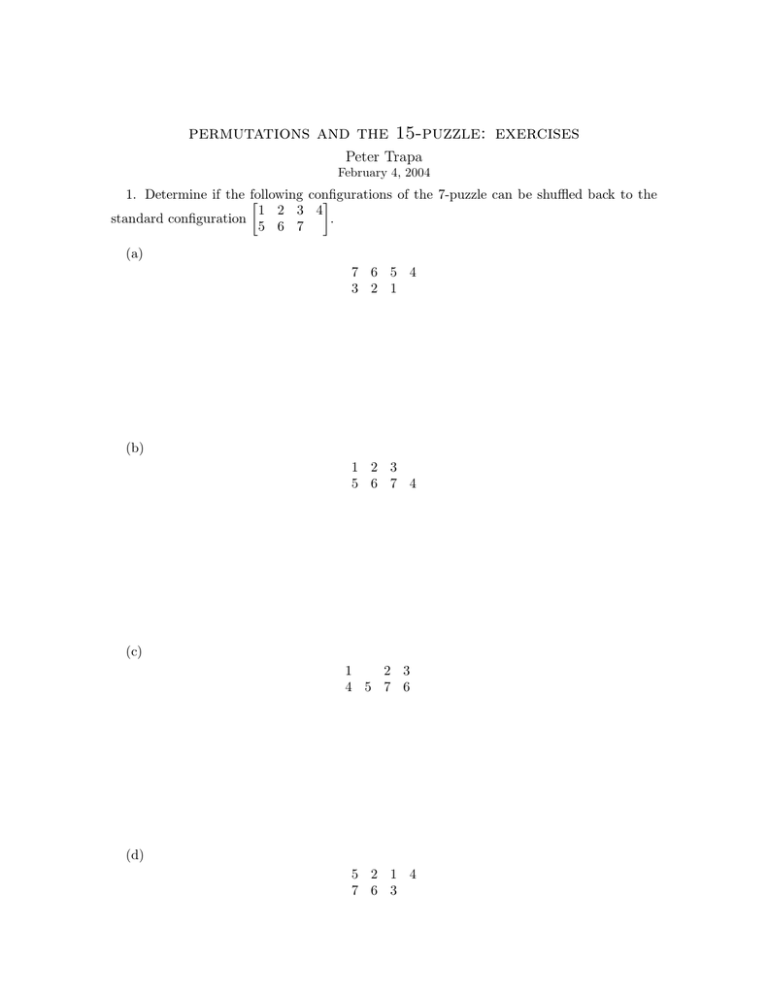
permutations and the 15-puzzle: exercises Peter Trapa February 4, 2004 1. Determine if the following configurations of the 7-puzzle can be shuffled back to the 1 2 3 4 standard configuration . 5 6 7 (a) 7 6 5 4 3 2 1 (b) 1 2 3 5 6 7 4 (c) 1 2 3 4 5 7 6 (d) 5 2 1 4 7 6 3 2. Do the same for the following configurations of the 15-puzzle: (a) 1 2 3 4 8 9 7 10 15 6 11 14 5 12 13 (b) 1 3 5 7 9 11 13 15 2 4 6 8 10 12 14 (c) 15 1 2 3 4 5 6 7 8 9 10 11 12 13 14 3.(a) Recall Problem 1 above. Let σa be the configuration in (1a). If σa is attainable, write σa as a product of 3-cycles. If it is not, write s1 σa as a product of three cycles. Then do the same for (b), (c), and (d). (b) (c) (d) For attainable configurations, try to find the fewest moves to return to the standard configuration. Can you devise a procedure to find the fewest number of moves in general? 4. For each of the following permutations (given in row formation), build the corresponding tableau by the “sliding” procedure (jeu de taquin). (a) [4 3 1 2] (b) [2 1 4 3] (c) [7 6 5 4 3 2 1] (d) [ 1 4 3 2 6 7] (e) [ 2 1 4 3 6 5 8 7] (f) [1 2 3 6 5 4 7 8 9]
